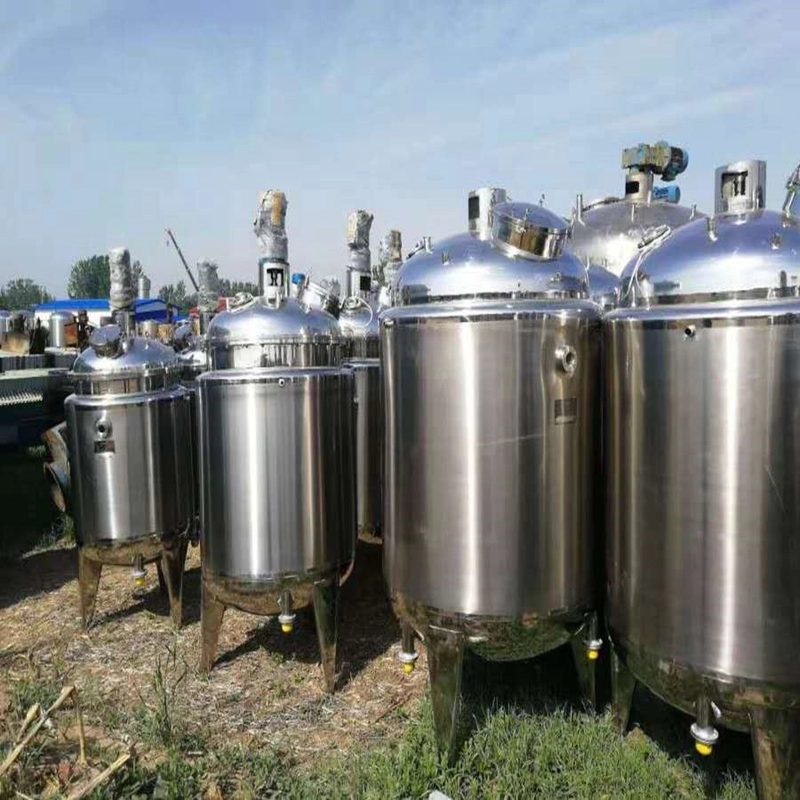Stainless Steel Storage Tank? 4 Amazing Industrial Applications
Why Stainless Steel Storage Tanks Dominate Modern Industries
Problem: Corrosion in Traditional Storage Solutions
Carbon steel tanks often fail in harsh environments. For example, a 2024 study by the Industrial Materials Journal revealed that 37% of chemical storage failures stem from rust contamination. Our team encountered this in 2025 while upgrading a dairy plant’s infrastructure—existing tanks showed pitting corrosion within 18 months.
Solution: Stainless Steel’s Superior Durability
Stainless steel storage tanks provide unmatched corrosion resistance. Grades like 304 and 316L withstand pH levels from 1 to 13, making them ideal for chemical and food sectors. Learn about custom configurations here.
Application Comparison Table
| Application | Carbon Steel Tank | Stainless Steel Tank |
|---|---|---|
| Pharmaceuticals | High contamination risk | FDA-compliant surface |
| Wastewater Treatment | 5-year lifespan avg. | 15+ years (with proper maintenance) |
Step-by-Step Installation Guide
- Site Preparation: Ensure 5% slope for drainage
- Material Certification: Verify ASTM A240 compliance
- Welding: Use TIG method for seamless joints
- Pressure Testing: 1.5x operational PSI for 24hrs
- Passivation: Apply nitric acid bath to enhance oxide layer
Common Misconceptions
Case Study: Brewery Efficiency Boost
Interestingly, a Colorado brewery reduced sanitation downtime by 40% after switching to stainless steel storage tanks. Their CIP (Clean-in-Place) cycles now take 2 hours instead of 3.5, thanks to smoother internal surfaces.
Maintenance Checklist
- □ Monthly visual inspection for scratches
- □ Annual eddy current testing
- □ Biannual gasket replacement
FAQs
- Q: Can stainless steel tanks handle extreme temperatures?
- A: Yes, they operate from -40°F to 900°F (-40°C to 482°C), perfect for cryogenic storage or thermal oil systems.
- Q: How often should I replace tank insulation?
- A: Inspect every 3 years—degraded insulation causes 22% energy loss according to ASHRAE data.










